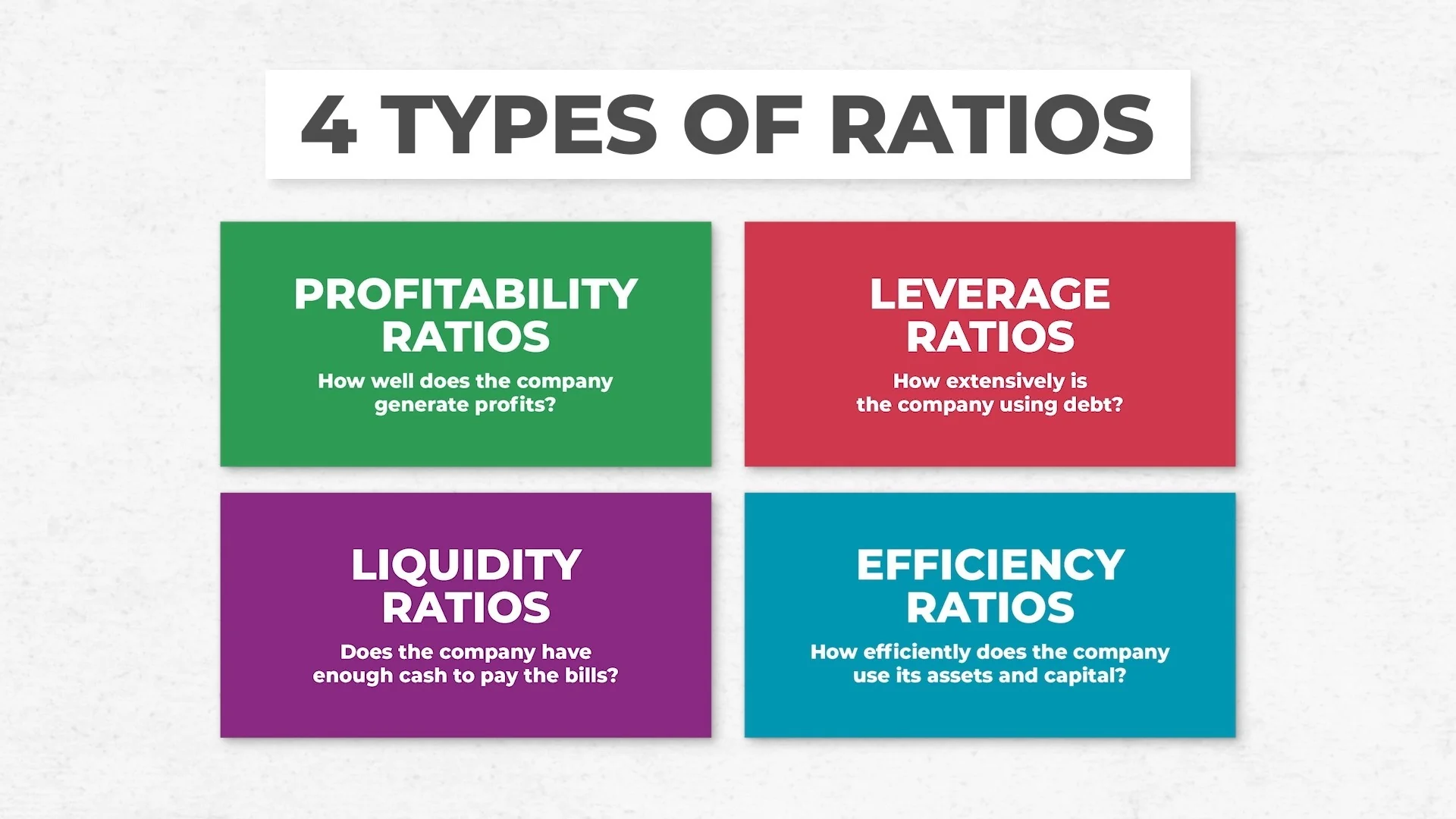Strategies for Thriving in Business: Key Principles for Sustainable Growth and Success
For success in the ever-fluid business landscape, eking it out ain’t going to cut it anymore. These days, therefore, it takes far more than sheer survival to achieve a prosperous state plus growth with the design of consistency of product and delivery always being important as well. Our intent is to explore the principles and strategies that underlie thriving in business today. In today’s competitive market
In a customer-centric approach one of the cornerstones for thriving in business, businesses endeavor to understand their customers’ needs, preferences and pain points. By mining for feedback and data to uncover insights on their behaviors and expectations then applying these findings into structuring products that add value, services that solve customer difficulties and things-tailored-to-meet specific customer needs indeed By concentrating on how satisfied customers are close relationships with satisfied customers can be built for life.
On Innovationaday, Smitty.
Innovation is not only a driver of business growth and differentiation, but also an out and out necessity. Create an atmosphere of innovation inside your organization by promoting individual creativity, encouraging experimentation and never-ending improvement invested effort in R&D allow a company to maintain that leading edge as it takes the pulse of the market, find new opportunities that have yet been tried as well as differentiating its products; processes and finance tools from its rivals. Encourage collaboration between departments and among functional teams: inspire partnerships that spawn new ideas which will take off. Innovation in a business environment provides the ability to adjust quickly to market dynamics, outstrip competing products and drive superior growth.
The first step is to create a strong company culture
Employee engagement, productivity and retention all benefit from a strong company culture. Specify core values, mission and direction that are consistent with the goals of your enterprise and are well received by employees. Develop positive working conditions to foster a sense of unity, open communication, transparency and mutual respect. Provide employees with developmental programs water programs and welfare measures. This enables work teams to take responsibility for their own performances so that they can grow in creativity, continue learning new skills, and entice others childlike advances. A company culture that empowers people and sees hard work as an obligation brings top talent on board, enhances general staff morale, and pushes the overall company performance up a notch or two.
The second step is to develop strategic partnerships
Strategic partnerships can greatly strengthen a company’s capabilities, increase its market reach and provide opportunities for new growth. Identify potential partners, suppliers, distributors and partners who share your values and respects your strategic goals. Establish mutually beneficial relationships on the basis of trust, mutual respect, shared goals. Work together on joint ventures, co-marketing campaigns or innovations projects designed to play to the strengths and resources of the other partner. Market range or channel, along with resource input: Steps also includes content development plan. Strategic partnerships make companies more competitive, drive innovation and create new revenue streams.
The third step is to take advantage of technological developments in business
Technology is vital for business transformation and competitiveness. Adopt digital technologies, automation, data analytics and cloud-based solutions to streamline operations, improve efficiency and deliver the best customer experience. Invest in e-marketing, ecommerce outlets and a presence on the web to increase opportunities for reaching potential clients. Use data to glean insights that guide decision-making, adapt your offerings to new models and approaches that will be better for business performance. Adopting technology makes it possible for companies to be agile, innovative and responsive to consumer needs.
Focus on Operational Excellence
Operational excellence means to optimize processes, reduce waste, and deliver value efficiently. Put lean principles in place, implement a continuous improvement program and quality management system to improve operational efficiency and productivity. Straighten out workflows,automate repetitive tasks,and employ technology solutions for streamlining operations Create a culture of accountability, performance measurement and data-driven decision making at every level of the organization. In this way, operational excellence is applied across functions. Operational excellence benefits management as well as customers. It increases customer satisfaction, reduces costs, and sharpens competitiveness.
Adaptability and Flexibility
In today’s fast-changing business world, you should make adaptability and flexibility your watchword. Anticipate market fluctuations and generally adapt to change. Position strategies and operations proactively to match changing market conditions Embrace a growth mindset that is happy to experiment, learn from failure and open new opportunities Encourage an agile, nimble and determined approach towards every challenge employing a long-term view that crosscuts contemporary events. Adaptability and flexibility enable businesses to prosper in dynamic environments and changes therefore become a major factor promoting growth.
Strategic Planning and Execution
Strategic planning offers every business the opportunity to establish clear objectives, priorities, as well how they are going to be achieved. Develop a strategic plan that is compatible with your vision,values and mission. Set up tools in the form of Key Performance Indicators (KPIs) for tracking progress towards business goals; use these to monitor performance against targets. In short.allocate resources strategically according to the priority of initiatives you want to pursue at any time for greatest effect; yet still be able to assess performance and adjust course when necessary on the fly. Regularly review and adjust strategic planning, on the basis of market feedback performance metrics or changing business conditions. By doing so,strategic planning and deployment keep companies focused,agile and able to meet new market opportunities and threats.
Conclusion
Thriving as an enterprise requires one measures strategic vision, customer orientation, innovation, strong culture, strategic partnerships, strong sense of technology, operational excellence, adaptability, and effective execution. With such key principles and strategies in place, you can cut through layers of complexity, exploit new opportunities, and ensure your employees unite around that vision in practice. Continually adapt and, in response to change in the market, find a niche in today s fiercely competitive landscape.






